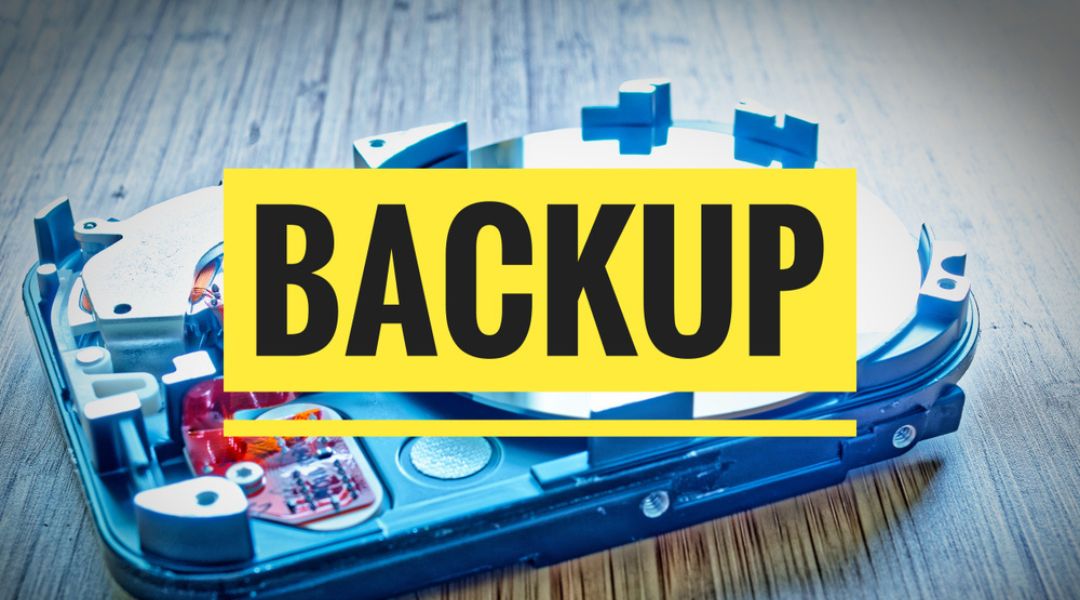
Quick Scan — What You’ll Pick Up
- Why fresh patches keep hackers out
- Which copy strategy saves your data (full, incremental, cloud)
- My five-step safety routine that runs while you sleep
- Real-life costs of skipping care (spoiler: they hurt)
- How we can work together without drama
Why Patching Still Matters
I build sites that fly. But no code stays perfect forever. New exploits pop up every week. An old plugin, one missed PHP fix—boom, you’ve opened the door. A 2024 Verizon study put unpatched software behind 32 percent of breaches. That’s a stat worth a second coffee.
So I treat every release—CMS, plugin, theme, server—as a to-do list, not a suggestion. My routine: fetch the patch, test in staging, push live, log the result. Quick, boring, and absolutely priceless. If you need the bigger picture on why steady care beats fire drills, see my note on ongoing maintenance importance.
Light chuckle: Think of updates as dental check-ups. Skip a few, and suddenly the bill gets gigantic.
Backup Basics (a Two-Minute Tour)

Backups are your safety net. I keep three kinds in play:
- Full copy – the whole site and database in one bundle. Great for point-in-time restores.
- Incremental copy – only what changed since the last save. Faster, lighter, perfect for busy stores.
- Off-site cloud copy – stored far from the main server. If the data center floods, you still have a pulse.
I follow the 3-2-1 rule: three copies, two storage types, one off-site. It sounds like overkill until the day it saves your launch.
My Five-Step Safety Routine
- Automate with guardrails
Cron jobs and smart plugins grab every fresh patch and run nightly copies. I still spot-check the logs—robots make mistakes too. - Stage before you play
Every change lands on a clone first. If a new plugin blows up the layout, I see it in the sandbox, not on your homepage. - Snapshot, then patch
I take a quick full copy right before updates. Rollback is one click away. - Encrypt and limit access
Backups live under AES-256, and the keys stay with me. Only proven staff reach the vault. - Monitor 24/7
Uptime pings fire every minute. If your shop goes quiet at 3 a.m., my phone wakes up, not yours. You can peek at the same dashboard—transparency beats mystery.
You’ll spot many of these tasks on my monthly website maintenance checklist. The table there makes a neat fridge magnet for tech teams.
What Happens If You Skip Care
Let’s run a quick horror reel:
- Hijacked site – attackers replace your home page with their ad farm. Fixing the mess steals days and trust.
- Database loss – the only order history vanishes after a bad import. No copy? You start from zero.
- SEO free-fall – Google punishes hacked or down sites. Rankings drop; ads get pricey in a hurry.
- Compliance fines – some regions require patch cycles. Slip once, pay later.
An ounce of prevention beats a lawyer on speed dial. If you’re still weighing steady care against one-time fixes, skim my note on maintenance vs. quick patch jobs.
How We’ll Work Together

I like plain talk and clear logs. Here’s what you get:
- Set calendar – I publish the next patch window at season start. Surprises stay in kids’ parties.
- Change report – every update, date, and reason lands in your inbox. Two lines, not a novel.
- Rollback plan – one click restores yesterday’s site if a plugin misbehaves.
- Shared dashboard – uptime, backups, security scans. All green? Go enjoy your weekend.
Ready to compare plans? Peek at my guide on choosing a maintenance plan.
Pro Tips You Can Steal Today
- Rotate backup passwords every quarter.
- Keep at least 90 days of copies. Bugs sometimes hide before they bite.
- Delete old plugins. Dormant code is a magnet for exploits.
- Use two-factor on hosting panels. Passwords alone are 1999 tech.
These quick wins cut risk by a mile, even before you call me.
FAQ

How often should I patch my site?
WordPress core gets patched as soon as a security release drops—usually within 24 hours. Plugins follow every week.
Daily copies sound heavy. Do I need them?
If your store changes orders or posts each day, yes. Incremental copies keep storage low and safety high.
Can I update live without a stage site?
Technically, yes. Practically, you enjoy gray hair sooner. A free staging clone saves the stress.
How do I test a backup?
Restore it to a sandbox and click through key pages. If login, checkout, and images work, you’re golden.
Wrap-Up and Next Steps
Security updates and reliable copies are the quiet bodyguards of every site. They work backstage, so your visitors never see the drama. My job is to keep those guards fed, trained, and on watch—while you focus on sales, stories, and coffee.
Curious where your setup stands? Grab my free six-point audit from the ongoing maintenance guide or drop me a line. Let’s keep your site healthy, fast, and ready for whatever tomorrow throws at it.
I’ll bring the patches. You bring the vision.
